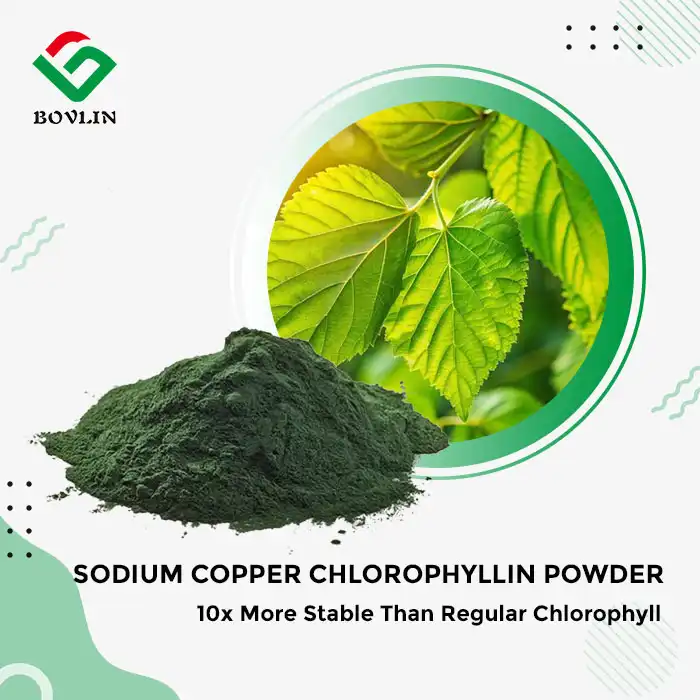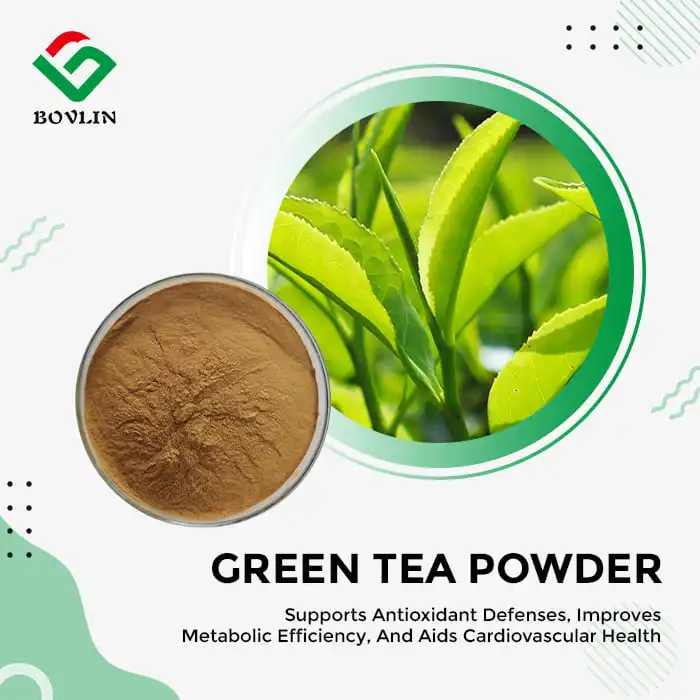What Influences the Caffeine Release Profile in Instant Tea Powder?
Particle Size and Surface Area
The caffeine release profile in instant black tea powder is heavily influenced by the particle size and surface area of the tea solids. Finer particles with larger surface areas tend to dissolve more rapidly, leading to quicker caffeine release. Conversely, larger particles or agglomerates can result in a more gradual release. Manufacturers of instant black tea extract powder can control this aspect during the drying process, tailoring the product to specific industrial needs.
Crystalline Structure and Porosity
The crystalline structure and porosity of instant black tea powder particles play a crucial role in caffeine release. Highly porous particles allow water to penetrate more easily, facilitating faster dissolution and caffeine extraction. The freeze-drying process often results in a more porous structure compared to spray-drying, which can impact the speed of caffeine release when the powder is reconstituted.
Chemical Composition and Additives
The overall chemical composition of the instant black tea powder, including the presence of other compounds like tannins and flavonoids, can affect caffeine release. Additionally, manufacturers may incorporate additives or processing aids that influence solubility and dissolution rates. These factors are carefully considered when producing instant black tea powder in bulk for various industrial applications.

Encapsulation and Microgranule Technology in Caffeine Control
Microencapsulation Techniques
Microencapsulation is a sophisticated technology widely utilized in the manufacturing of instant black tea extract powder to regulate caffeine release. This technique involves enveloping tiny tea extract particles within a protective coating that can be engineered to dissolve at controlled rates. By selecting appropriate encapsulating materials and refining encapsulation methods, manufacturers can develop instant black tea powders with tailored caffeine release profiles. This customization helps meet the specific demands of various industrial applications, enhancing product functionality and consumer experience.
Matrix Entrapment Systems
Matrix entrapment represents another innovative strategy in the production of instant black tea powder bulk. In this approach, tea extracts are uniformly dispersed within a matrix, typically composed of carbohydrates or proteins. The design and composition of this matrix are carefully controlled to regulate the release speed of caffeine and other bioactive compounds upon dissolution. This controlled release mechanism provides beverage manufacturers with versatile formulation options, allowing them to develop products that deliver consistent flavor and functional benefits over time.
Smart Release Technologies
Advanced smart release technologies are being integrated into the production processes of instant black tea powders. These include encapsulation systems that respond dynamically to environmental triggers such as pH changes or temperature variations, enabling precise caffeine release under specific conditions. Such innovations broaden the application potential of instant black tea products across multiple industries, including ready-to-drink beverages and functional foods, by ensuring targeted delivery and optimized performance according to consumer needs and product requirements.
Sustained vs. Rapid Caffeine Delivery in Industrial Use
Applications in Energy Beverages
The choice between sustained and rapid caffeine delivery is particularly relevant in the energy beverage sector. Instant black tea powder formulated for rapid caffeine release is often preferred in energy drinks designed to provide an immediate boost. Conversely, sustained-release formulations can be utilized in beverages marketed for prolonged energy throughout the day. Manufacturers can adjust their instant black tea extract powder processing to meet these diverse market demands.
Functional Food Integration
In the functional food industry, the caffeine release profile of instant black tea powder plays a significant role. Sustained-release formulations are often favored for incorporation into snack bars, cereals, or other food products where a gradual energy release is desired. The ability to control caffeine delivery allows food manufacturers to create products with specific functional claims, expanding the application of instant black tea powder in the health food sector.
Customized Blends for Industrial Clients
Many manufacturers offer customized instant black tea powder blends to meet specific industrial client needs. These blends can combine different particle sizes, encapsulation techniques, and additives to achieve precise caffeine release profiles. This level of customization is particularly valuable for large-scale beverage producers and food manufacturers who require consistent performance in their products across various processing conditions and shelf-life requirements.

Conclusion
The science behind instant black tea powder's caffeine release is a complex interplay of physical and chemical factors. From particle size and structure to advanced encapsulation technologies, manufacturers have a wide array of tools at their disposal to engineer products with specific caffeine release profiles. This versatility makes instant black tea powder a valuable ingredient in various industrial applications, from energy drinks to functional foods. As research continues, we can expect even more innovative approaches to caffeine control in instant tea products, further expanding their utility in the global food and beverage industry.
Contact Us
For more information about our instant black tea powder products and custom formulations, please contact us at sales1@bovlin.com. Our team of experts is ready to help you find the perfect solution for your industrial needs.











